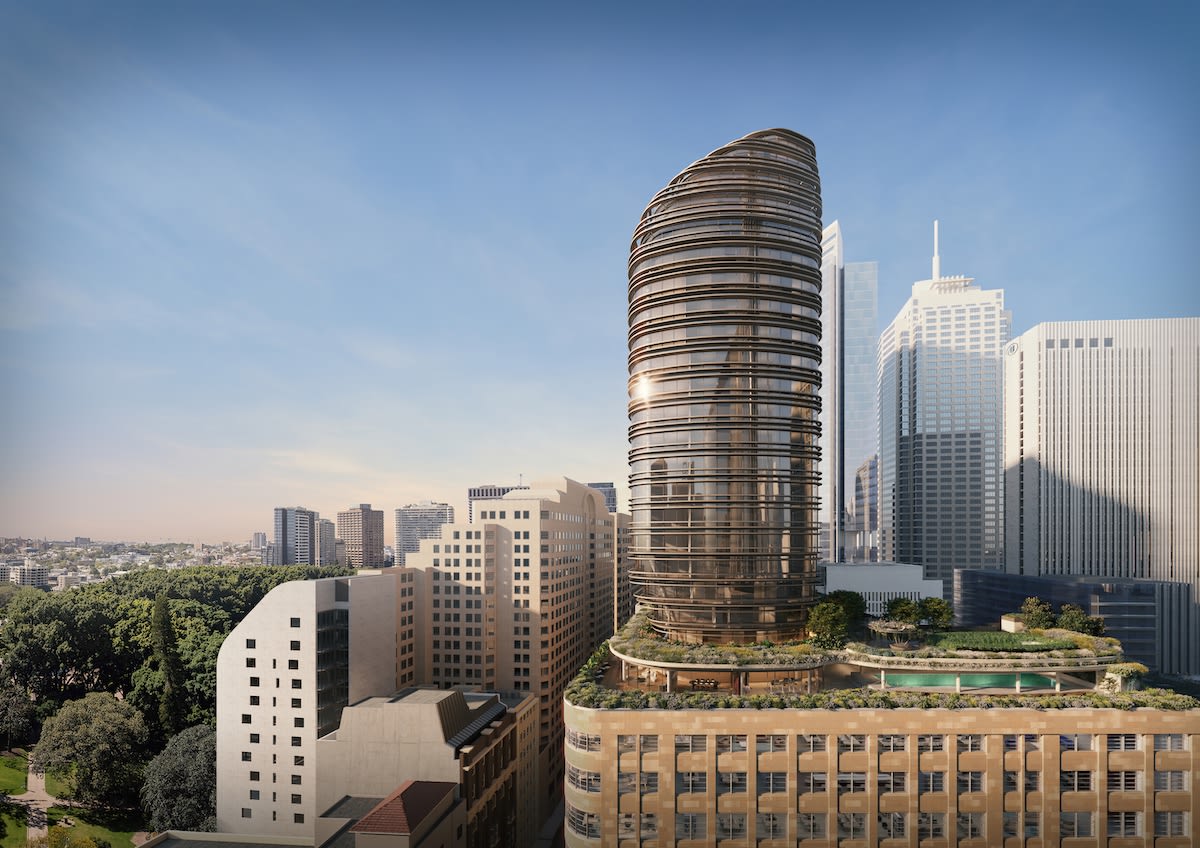Locals drive super-premium CBD apartment sales: Five minutes with Colliers Residential managing director Peter Chittenden
Colliers Residential Managing Director Peter Chittenden says the quality of apartments year on year is continuing to improve to satisfy consumer demand.
And a big move by developers has been the high-end design in the CBD, which has seen locals drive sales in premium central apartment projects.
They've seen big demand for 111 Castlereagh Street, the residential apartment tower atop the former David Jones department store, despite the high price tag.
The cheapest units are one-bedrooms start at about $3 million, while four bedroom units start from $13.5 million.
Urban recently caught up with Chittenden to discuss the trends emerging in the apartment market.
JC: How have you viewed the performance of the apartment market (established and or off the plan) in 2021, and what are the strongest positive and negative factors that will influence outcomes in 2022 and 2023?
PC: The market across both 2020 and 2021 have been impacted by Covid-19. However, 2021 surely experienced a more significant Covid-19 ‘interruption’ in terms of inspections but in saying that the quality of enquiry was almost unprecedented when it related to sales volumes.
In 2021, the best performers in terms of developments and sales agents, were those who took to a more inquisitive approach when qualifying buyers, ensuring a deeper product and market knowledge, utilising new and innovative technology and having a wiliness to completely change the sales path and interactions all the way through to exchange.
We also saw the gap widen between houses and apartments through to off the plan, more than in the last decade, which has resulted in new geographic markets, opening up for other product types such as apartments.
Looking ahead to 2022 & 2023, for apartments year on year the quality improves to satisfy consumer demand, desire and expectations of the greater market pool of buyers. In 2022 and beyond we expect to see more designs and sales of the super-premium apartments in prime CBD, beachside locations.
The acceptance of technology as a non-contact means to undertake a detailed inspection will improve even more, as more people adapt, therefore giving us greater range of potential purchasers both across Australia and overseas. We will also see CBDs across the country and neighbouring regional areas continue to grow due to lifestyle choices and desires.
Some of the negatives will be a reduction in the amount of developers in the market place, putting pressure on stock as well as the cost of construction increasing every 90 days due to lack of labour and supply materials.
JC: What trend (short term or long term) has prompted your greatest enthusiasm for the apartment market, and what is the issue of most concern to you and or your clients?
PC: The trend of the super-premium coming back into the CBD purchased and supported by local buyers (super-premium defined as apartment at 45,000 a meter and above).
Another trend is that Sydney city will change in ways and at a speed we have never seen before. We predict the physical engagement with retail will go back to be a more important part of people’s lifestyle and day to day activities.
Offices will be occupied by different users and will become a more activated 7 day a week living and working environment due to a more considerate and understanding authorities to encourage people to return to this city.
JC: Has urbanisation stalled amid the rush to the regions or what will it look like over the decade ahead?
PC: In short, no. There is an undersupply of housing apartment stock throughout our capital cities. This is a fact - due to the volume of sales across 2020 and 2021 in particular, and what we expect moving forward.
The rush to regions is simply the dream coming true, that has been embedded in our thinking for quite some time, that you can have flexible work hours and still be productive. Being forced to work from home has taught us all about new and acceptable ways to work, train, inspire and live our lives.
In 10 years’ time, we see the greater Sydney catchment for jobs and residential will include extended areas up to Newcastle and Wollongong, giving people greater choice of living and working environments. With this growth, there will no longer be the stigma “brain drain” that may have once been associated with living in a more regional area.
JC: How important do you view the push for sustainability practices in the apartment market, and what initiative has seized your interest or focus?
PC: Being environmentally conscious is important everywhere and all the time - that should be the first consideration.
Increasing numbers of people are enquiring about more sustainable living options when considering their next purchaser, however whilst they want it – they still want to make sure it is cost-effective.
It is something developers always discuss, however it also needs to be delivered in a cost-effective way for them. In saying that, in the future, we do believe this will be led by government authorities and should be something that is considered where possible in all developments.
